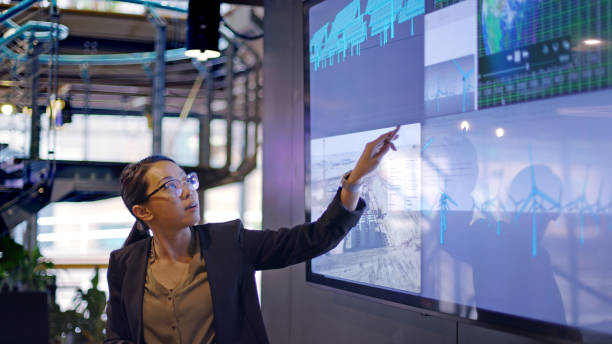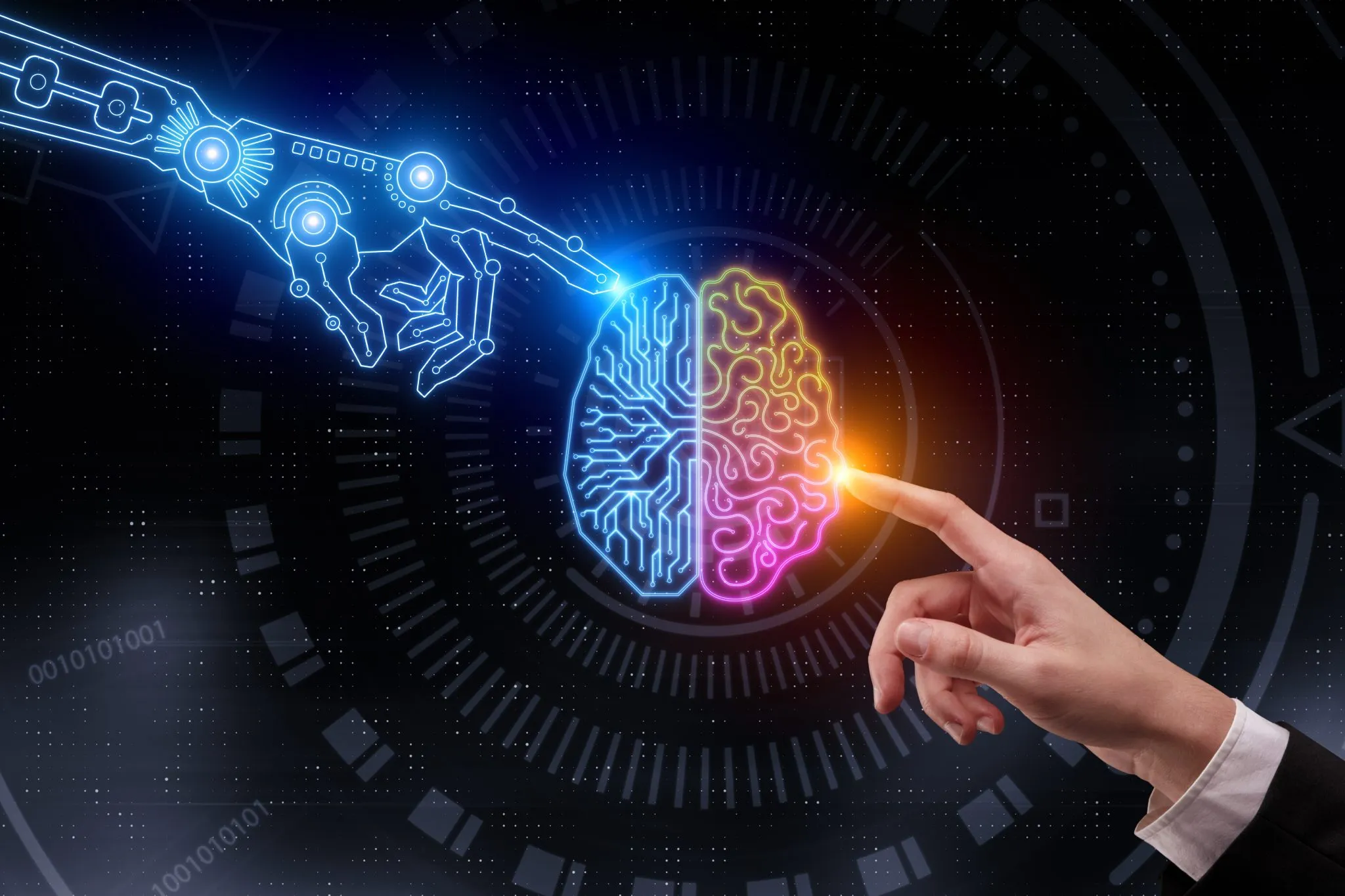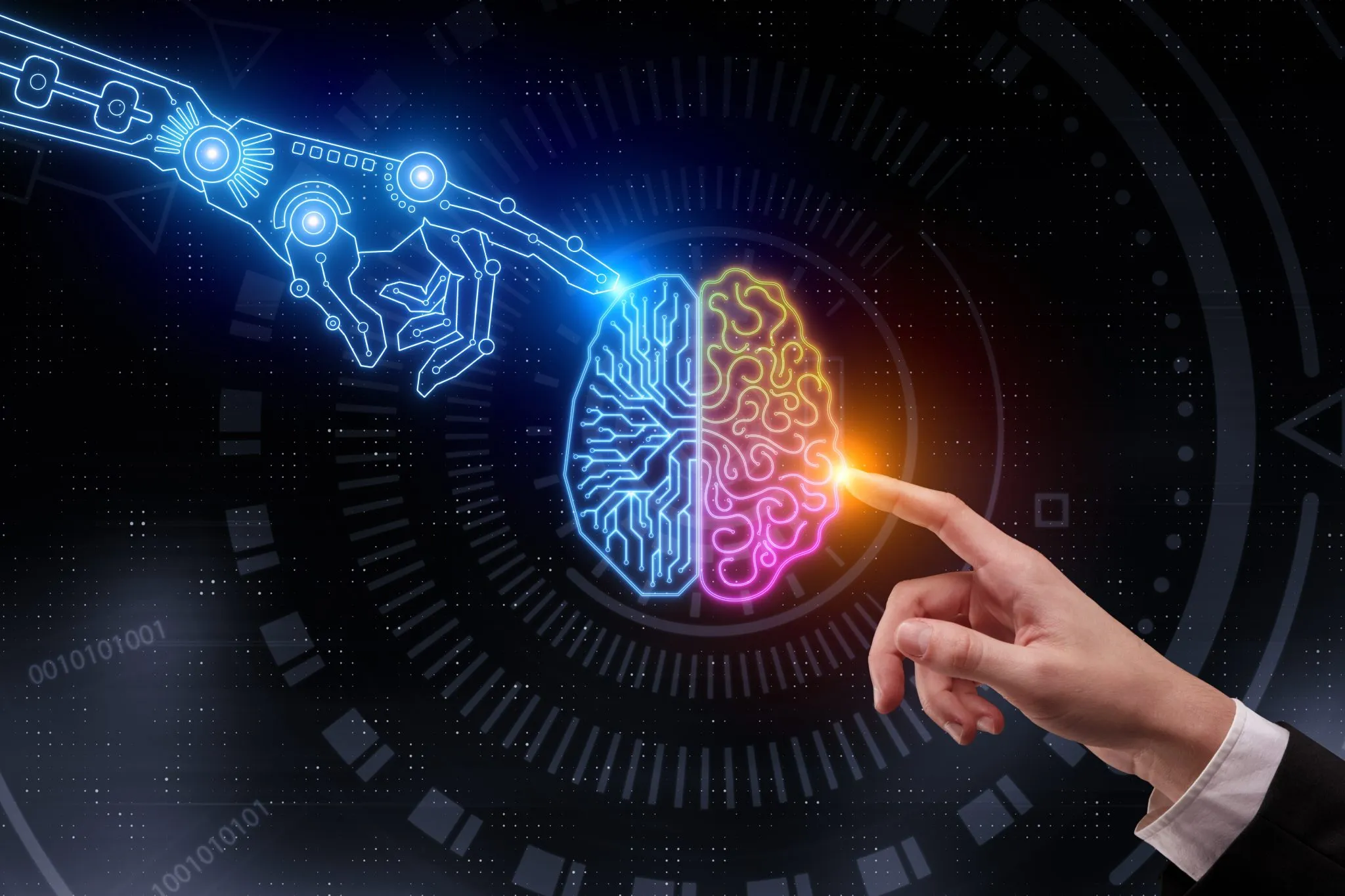Current trends in information technology (IT) are evolving at an unprecedented pace, reshaping industries, businesses, and personal lives. Keeping up with these current trends is essential for organizations and individuals to stay competitive and efficient in a technology-driven world. Here are some of the most prominent trends in IT today.
Current trends in information technology
AI and ML are among current trends in information technology, driving innovation across various sectors. From natural language processing (NLP) models like ChatGPT to predictive analytics, AI is enhancing decision-making, automating processes, and improving customer experiences. Machine Learning, a subset of AI, is being used for personalized recommendations, fraud detection, and even healthcare diagnostics.
AI’s integration with Internet of Things (IoT) devices and edge computing is further broadening its applications. Cloud computing remains a cornerstone of IT transformation. Organizations are increasingly adopting hybrid and multi-cloud strategies to achieve scalability, flexibility, and cost-efficiency.
Cloud platforms like AWS, Microsoft Azure, and Google Cloud are in the forefront of current trends in information technology, providing advanced tools for data analytics, storage, and application development. Hybrid clouds combine public and private cloud environments, allowing businesses to optimize workloads and maintain control over sensitive data.
As cyber threats become more sophisticated, the focus on cybersecurity is intensifying. The rise in ransomware attacks, phishing schemes, and data breaches has led organizations to adopt a zero trust approach. This architecture ensures that no device, user, or application is trusted by default, even within the network perimeter.
Advanced security measures, such as AI-driven threat detection and blockchain-based data protection, are also current trends in information technology that are gaining traction. The rollout of 5G networks is revolutionizing IT by enabling ultra-fast, low-latency internet connections. This technology supports the growth of IoT devices, autonomous vehicles, and smart cities.
Enhanced connectivity is creating opportunities for real-time data processing, augmented reality (AR) applications, and remote work solutions. As 5G becomes more widespread, its impact on sectors like healthcare, entertainment, and logistics will be profound. Edge computing is emerging as a critical trend alongside cloud computing. By processing data closer to its source, edge reduces latency and bandwidth usage.
This is particularly beneficial for applications requiring real-time analysis, such as autonomous vehicles, industrial automation, and healthcare monitoring. Edge computing is often integrated with AI, enabling smart decision-making at the device level. Blockchain technology is among current trends in information technology that are moving into areas like supply chain management, healthcare, and identity verification.
Its decentralized nature ensures transparency, security, and immutability of data. Companies are exploring blockchain for smart contracts, secure transactions, and traceability in manufacturing processes. The rise of Web3 and decentralized finance (DeFi) platforms is further propelling blockchain adoption.
Sustainability is becoming a priority in IT, with organizations striving to reduce their carbon footprint. Green practices, such as energy-efficient data centers and the use of renewable energy sources, are other current trends in information technology that are gaining popularity. Cloud providers are committing to carbon neutral or negative operations, while advances in hardware design focus on reducing power consumption.
Automation is transforming repetitive and time-consuming tasks across industries. RPA enables businesses to automate workflows, improving efficiency and reducing errors. Coupled with AI, automation extends to more complex processes, such as customer service through chatbots and dynamic supply chain management.
Although still in its early developments, quantum computing is among current trends in information technology with immense potential. Companies like IBM, Google, and Microsoft are investing heavily in this technology, which promises to solve problems that are currently heavy for classical computers, such as advanced cryptography, complex simulations, and optimization problems in logistics.
The explosion of data has made advanced analytics essential. Businesses are leveraging big data to gain actionable insights, enhance customer experiences, and improve operational efficiency. Predictive analytics, real-time data processing, and AI-driven interpretation are enabling better decision-making in sectors like finance, healthcare, and retail.
AR and VR are another current trends in information technology, gaining traction beyond entertainment and gaming. They are finding applications in education, training, real estate, and healthcare. For example, AR is used in retail to create virtual try-ons, while VR is revolutionizing surgical training and physical therapy.
The shift to hybrid work models has accelerated the adoption of IT tools that enable remote collaboration. Platforms like Microsoft Teams, Zoom, and Slack have become integral to business operations. Enhanced cybersecurity measures, virtual desktops, and AI-driven project management tools are supporting the evolving workplace dynamics.
Low-code and no-code platforms are also current trends in information technology, democratizing software development, allowing non-technical users to create applications. These platforms enable faster deployment of solutions and reduce dependency on traditional IT teams, making them ideal for small businesses and startups as well.
The current trends in IT underscore the industry’s dynamism and its critical role in shaping the future. Businesses and professionals must embrace these technologies to stay competitive and drive innovation. By adopting advanced solutions and maintaining a focus on security and sustainability, the IT sector will continue to be a catalyst for global progress.





